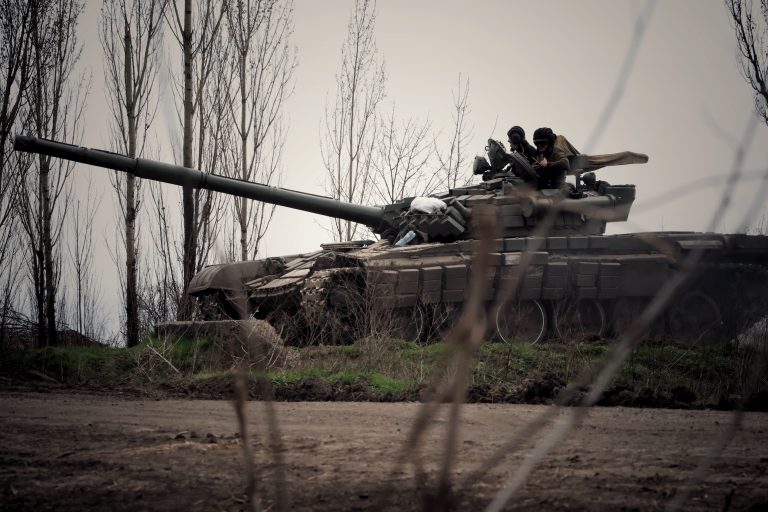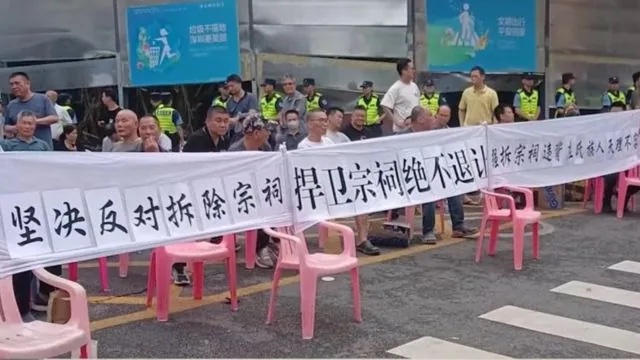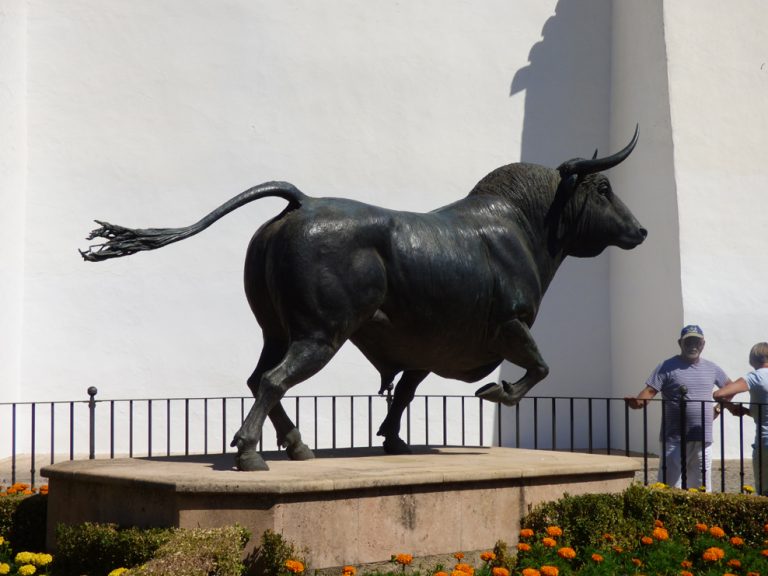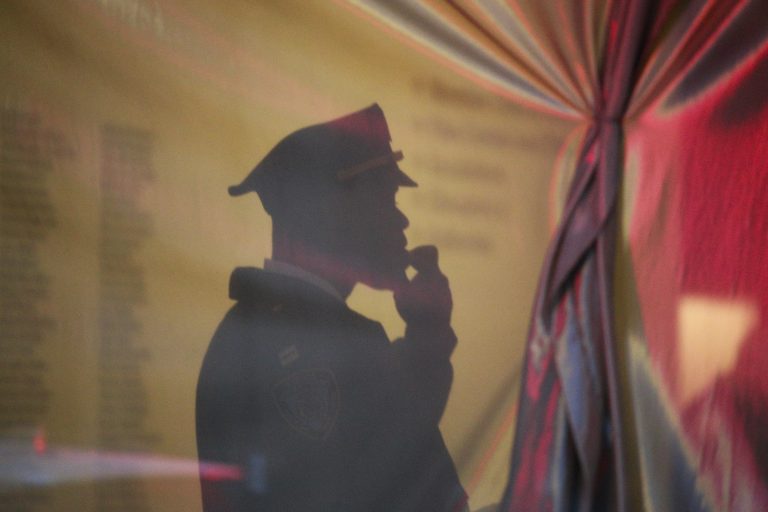Update: As of May 11, the Ukrainian armed forces appear to have begun a counteroffensive around Bakhmut, a key city in the contested Donbass region.
Ukrainian troops, per social media updates by observers of the Russo-Ukrainian war, have attacked the Russian military’s flanks around Bakhmut, as well as further south towards the city of Horlivka, in large numbers and with substantial artillery support. They are striking in the south of Bakhmut towards the town of Klishchiivka from Chasiv Yar, Ivanivske, and from due west, breaching a canal that formed the Russians’ defensive line. In the north, the counterattack has taken some Russian positions as well.
Stiff Ukrainian resistance in the battle of Bakhmut has slowed the Russians’ attempts to capture the final blocks of the strategically located city, and possibly jeopardizes the enemy flanks, with Ukrainian troops contesting Russian control of key positions in the countryside to the north and south.
The battle of Bakhmut, which has been ongoing for nearly a year, saw much of the city and its outskirts fall to determined Russian military advances starting January. A swift operation took the salt mining town of Soledar, which the Russians capitalized on to create a bulge north of Bakhmut from which to strike at the city. In the south, the invaders similarly advanced on the towns of Ivanivske and Chasiv Yar, which link Bakhmut to the rest of Ukraine.
In March and April, troops of the Wagner private military corporation (PMC) and regular Russian army swept the central districts of Bakhmut, flushing the defenders out with intense artillery barrages and airstrikes.
Success
You are now signed up for our newsletter
Success
Check your email to complete sign up
By the end of April, only one residential area in the western edge of the city remained in Ukrainian hands, later shrinking to a few dozen blocks.
However, the Russians did not succeed in completely cutting off the urban defenders from reinforcement and resupply; the attempts to take Ivanivske have been blunted thus far, while Russian forces remain far from Chasiv Yar.
Various reports indicate that the Ukrainians have dedicated tens of thousands of fresh troops and weapons to bolster the defense around Bakhmut, even contesting the Russian flanks.
In the southwestern direction, west from the town of KIishchiivka, Russian troops had secured an important canal that runs north-south west of Bakhmut.

But in recent days, European YouTuber Weeb Union (WU) noted citing various open sources that the Ukrainians have managed to cross the canal and establish a bridgehead on the other side. Some reports claim that the counterattack even broke through a patch of forest on the Russian side of the canal.
Elsewhere in the southwest flank, the Ukrainians succeeded in pushing back the Russian thrusts towards Chasiv Yar in recent weeks, while Ivanivske closer to Bakhmut is not in imminent danger; that is, it remains solidly in Ukrainian hands.

WU described the vulnerability of the Russian flanks, citing a Wagner informant known as “Remy”:
“The flanks are very vulnerable and not as well-protected as some would like to sell or make [people] believe. Ukraine no longer attacks within Bakhmut, because the area behind the active fighting is extremely secure. … That’s why they do it on the flanks,” Remy wrote on social media, according to WU in a May 10 video update. “The flanks would normally be protected twice as well as Bakhmut itself; unfortunately, this is not the case yet.”
WU describes the northern Russian flank as being potentially even weaker because they do not have the canal line to hold as a defensive line. … This whole area is mostly flatlands” that can be easily exploited by Ukrainian tanks and other vehicles, especially as the weather improves and the ground hardens.
According to Remy, Wagner’s head Yevgeniy Prigozhin has been in recent weeks urgently requesting reinforcements from the Russian army to cover his troops’ advance.
Wagner mercenaries provided the core of the assault units that stormed Bakhmut. Believed to number over 50,000, these soldiers are more motivated and better-paid than personnel in the regular Russian army, but their missions are also more challenging and risky.
Ukrainian political and military leaders have been talking about a counteroffensive to drive back the Russians. While confirmed details of this operation are sparse, it’s likely that it will involve upwards of 50,000 fresh soldiers, trained and equipped by NATO, and see the first deployment of advanced Western weapons such as the heavy Leopard and Challenger tanks.
Possible locations for the counter-offensive could be towards southern Zaporozhzhia province, where Russian and Ukrainian troops have been engaged in intense, but inconcusive skirmishes, Kherson, which would be difficult due to the width of the Dniepr river, or simply the area around Bakhmut, where the fresh Ukrainian reinforcements could exploit the weak Russian flanks and attempt to save the city from the jaws of defeat.
Russia invaded Ukraine on Feb. 24, 2022, taking much territory in the initial phase of the war, but being pushed out of the entire northern front by that May and losing further ground by the end of the year.
The Kremlin sees the war as a “special military operation” to annex Russian-speaking parts of the country, which used to be part of the Russian Empire and later the Soviet Union, and stop Ukraine’s growing closeness to the West, particularly NATO.
NATO and other U.S. allies have provided Ukraine with billions in military aid, supplies, and intelligence, while heavily sanctioning Russia and its government.















